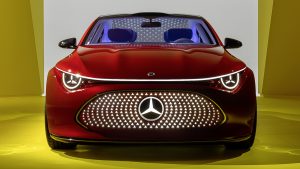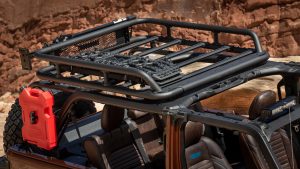Brazilian RAM aims to keep its momentum by importing the pickup’s previous generation as an entry-level option. Will its target audience accept that?
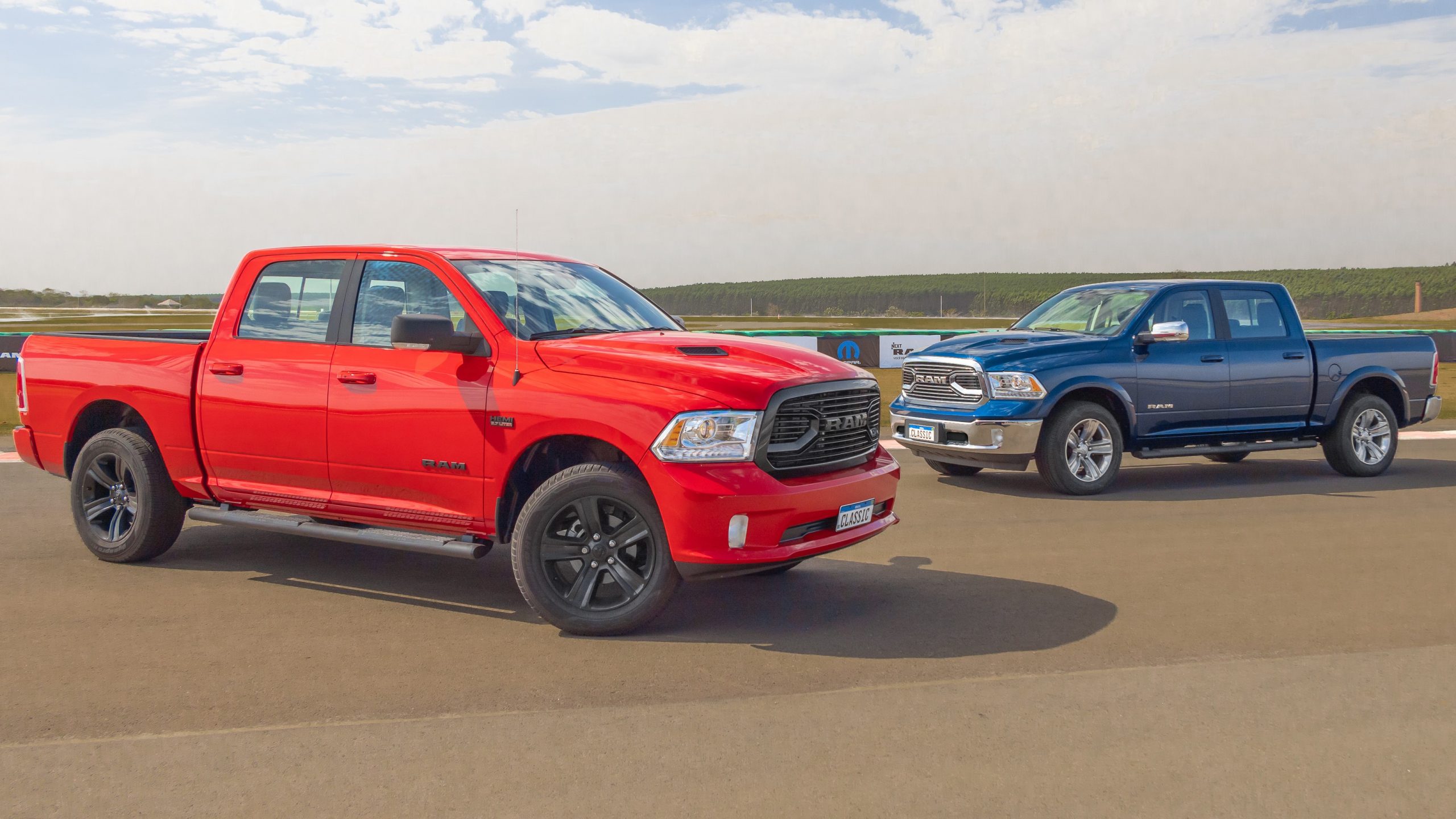
Stellantis took a bet in the Brazilian market, and it has paid off. The local segment of full-size pickups had no participants ever since Chevrolet and Ford abandoned it in the 2000s. Companies spent years investing only in midsize pickups, but the economic turmoil of recent years made them rethink their strategy. Ever since RAM took the plunge, with the 2500 and the 3500 models, it has obtained wonderful results.
While competitors keep making plans, RAM uses the time to make itself stronger in the local market. The thing is, the latest step consisted of bringing the Classic, which is the 1500’s previous generation. Selling old and new models in parallel is a common resource in the car industry, but mostly in entry-level market categories. When we talk about full-size pickup trucks, it definitely deserves a closer look.

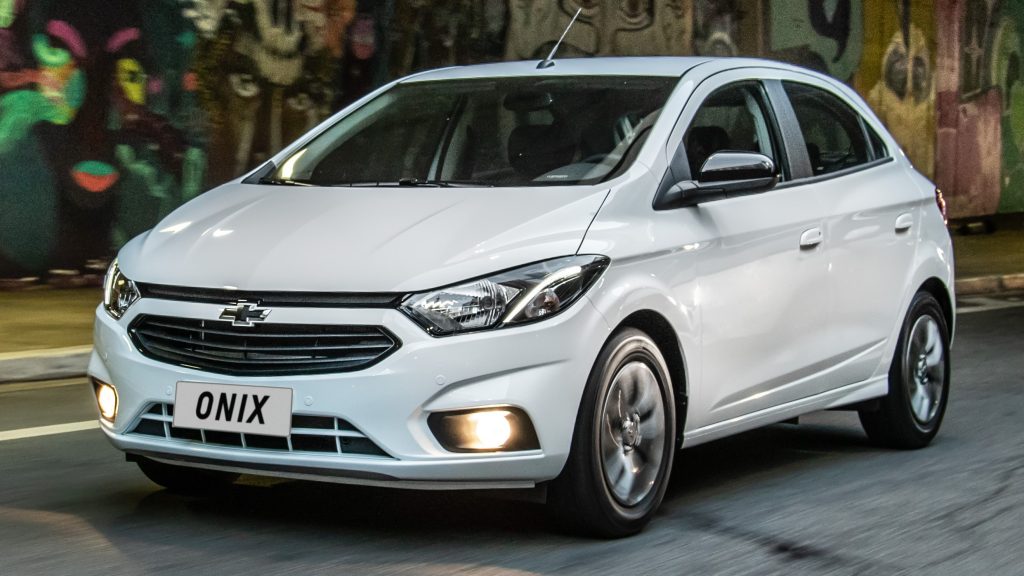
Divide and conquer
All-new projects are better than their predecessors in many ways. Newer technologies, better powertrains, roomier cabins… Automakers love to include all that and owners love to use all that. The problem is that it comes at a cost. It has become common to make the new generation more expensive to compensate for those improvements. However, the fact that it is justifiable does not make it affordable to everyone.

Creating a base version would harm the new car’s prestige. People would buy it for the price rather than its new features. When it is not possible to redirect buyers to a smaller model, companies resort to selling its old and new generations in parallel. They limit the former in terms of equipment and refinement so as to be a proper affordable alternative. The new model is free to impress and target wealthier customers.
Sometimes, the automaker renames the old car to move it further from the new one. That is questionable because people will never simply forget “Onix” or “Versa” and start calling them Joy or V-Drive. Moving to RAM’s case, the division took a more conservative approach. The outgoing 1500 pickup is only available in the mid-grade Laramie version, so as not to lose much prestige, and received the “Classic” surname.

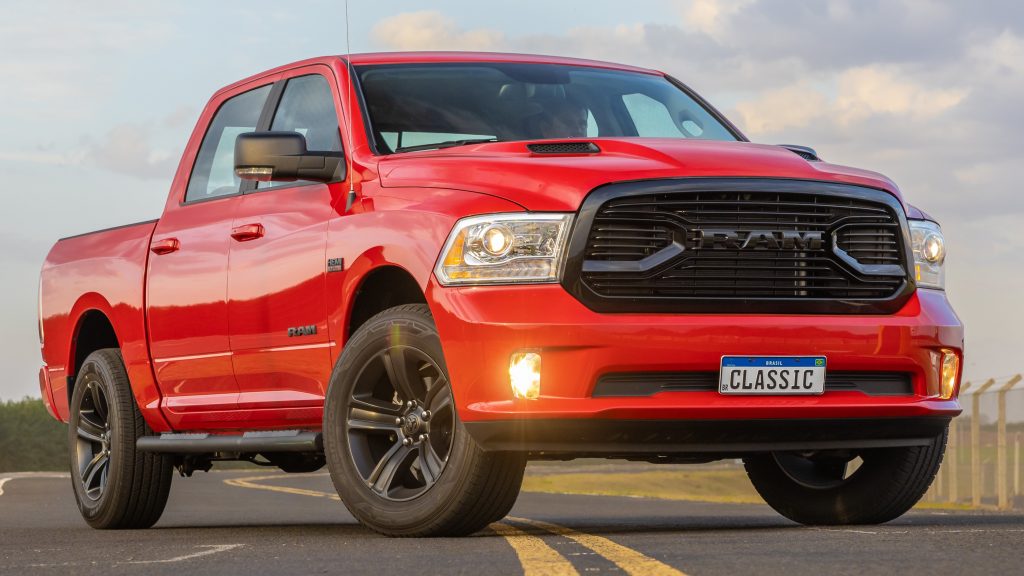
What are the pros and cons?
In general, the bright side of that strategy is fighting on both fronts. The new model attracts wealthy and emotional buyers while the old caters to more rational ones. This solution is also good from an industrial point of view because it is cheap to keep old cars in line. In many cases, its sales help fund the new one’s development cost in the first years. Not to mention there is a higher production demand at the factory.

The issues, as mentioned, regard image. Companies update their products for a reason; they need to keep up with market trends, technologies, and laws. Outdated models fail to comply with those and become a source of complaints from media and buyers. Low price becomes their main sales argument, but makers can only practice that for so long. Besides, it does not look good to depend so much on austerity.
The industry typically applies this strategy to low-cost brands for the simple reason that it is a good fit for them. They rely on sales volumes rather than image prestige, so it is difficult to get a negative outcome. That is the exact reason the same strategy looks unusual, to say the least, on RAM. After all, we are talking about full-size pickup trucks. In Brazil, the RAM Classic arrives at the equivalent of around $70,000.
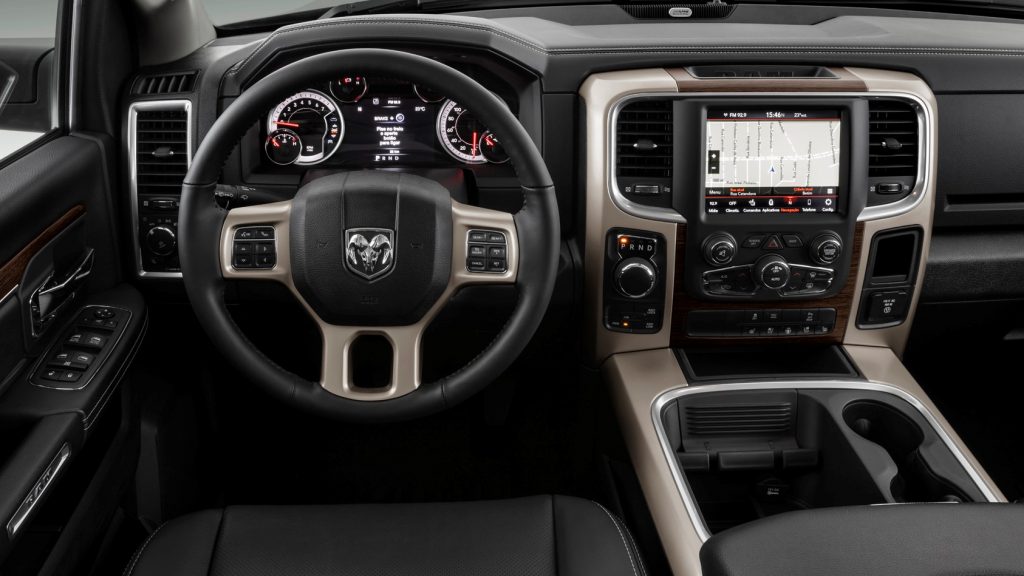

What about the RAM 1500 Classic?
In North America, this model focuses on professional use, a field where low cost is a priority. In the other end of the continent, the Classic will take an intermediate position. It is still the cheapest RAM, but it will target the upscale versions of midsize pickups. That is the realm of Chevrolet S10, Ford Ranger, Mitsubishi L200, Nissan Frontier, and Toyota Hilux. They have dominated the segment for years in the region.
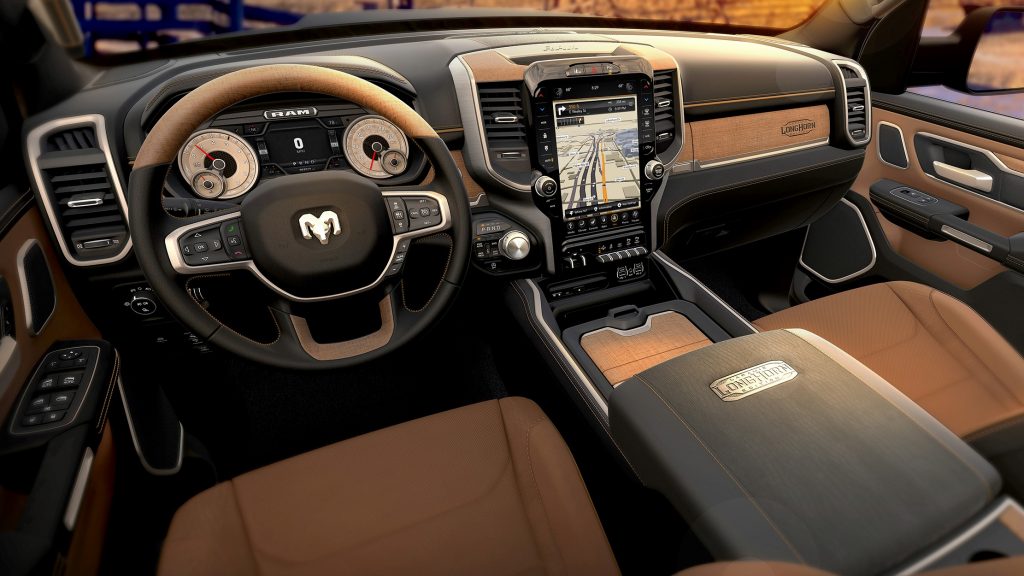
Lately, problems like chip shortage and inflation have driven up their prices. Their typical buyers do enjoy their amenities and powerful engines, but any product can become a bad choice if it costs too much. That is where RAM saw an opportunity: the 1500 Classic costs roughly the same but offers more amenities and a more powerful engine. And it has the same brand as its ultra-popular sisters 1500, 2500 and 3500.
Those amenities come from the fact that the Classic is a larger truck. The equipment package is complete as standard, the cabin is huge, and the overall quality is high. The engine is a 5.7L Hemi V8 good for 400 hp of power, much bigger than any engine used by the rivals. Above all, the RAM offers a much smoother ride especially on highway traffic. It is perfect for long road trips just like North American drivers love.
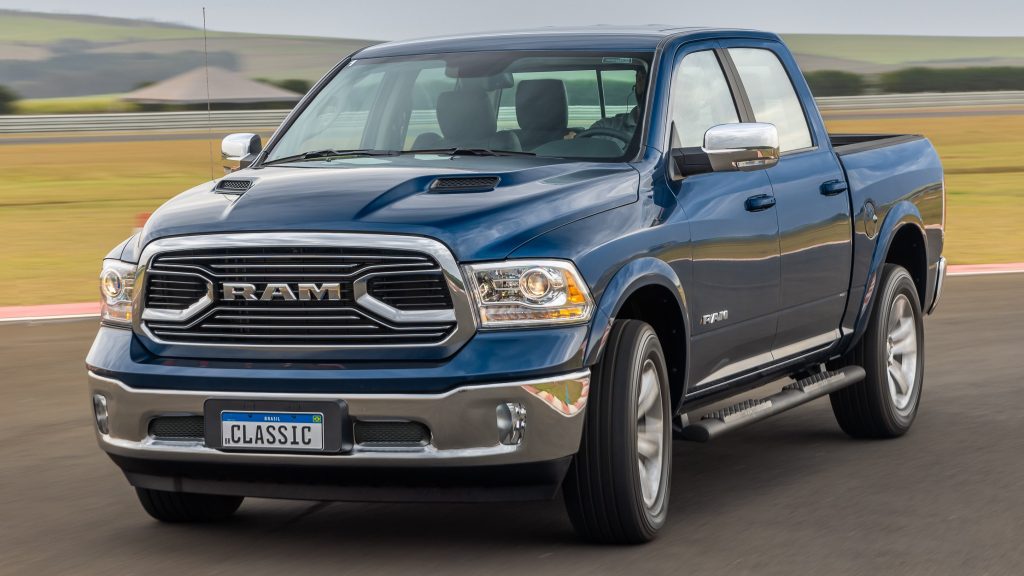

Is selling the RAM Classic risky?
We know that electrification is on its way even for full-size pickups. However, we also know that the lack of infrastructure is still an obstacle, especially in emergent countries. Therefore, that 5.7L V8 is more likely to get admiration than judgement in the region. Besides, the target audience of pickup trucks are middle-aged people. Most of them will certainly be thankful not to deal with a touchscreen for everything.
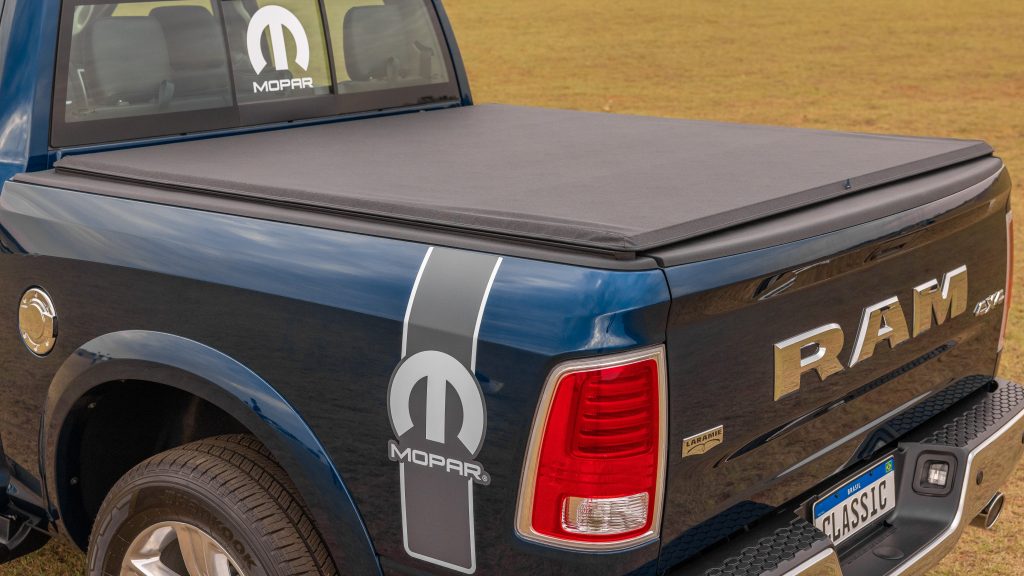
The biggest drawback would be having people migrate from the new 1500 to the Classic seeking a lower price. RAM will have to do a strong marketing job to make each model appealing to a different customer profile. Direct competition is not a problem because Chevrolet and Ford still do not offer their models in the region. And even if they did, they have not kept any old Silverado or F-150 versions on sale.
Once the midsize pickups get new generations, they will become more competitive than the 1500 Classic even considering those core differences. However, it seems that RAM is already preparing for that. There are reports that the division will release a midsize pickup of its own in the next years. We can expect it to be a rational counterpart to the Jeep Gladiator sitting below the new 1500. Which one would you take?
Danillo Almeida has explored his passion for cars in two distinct ways. The first one is his graduation course in Mechanical Engineering, which will hopefully lead to a job position in the field. The other one is expressing his knowledge and opinions on the matter through writing. Almeida has already contributed to blogs, stores, and websites in general writing automotive content in many formats.

